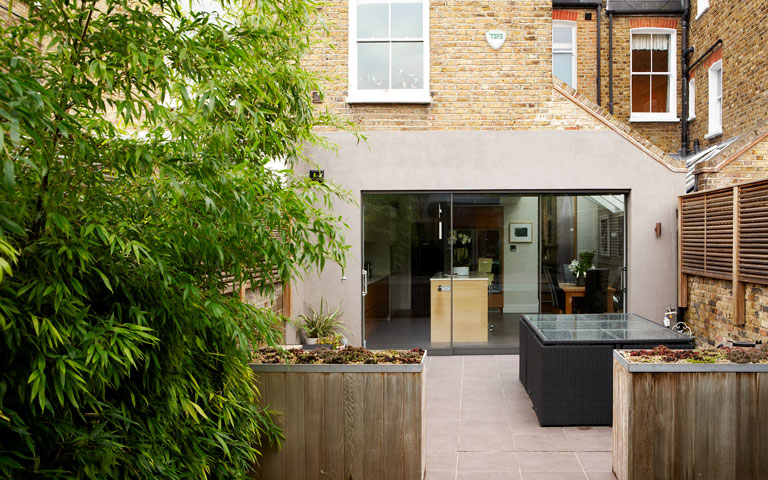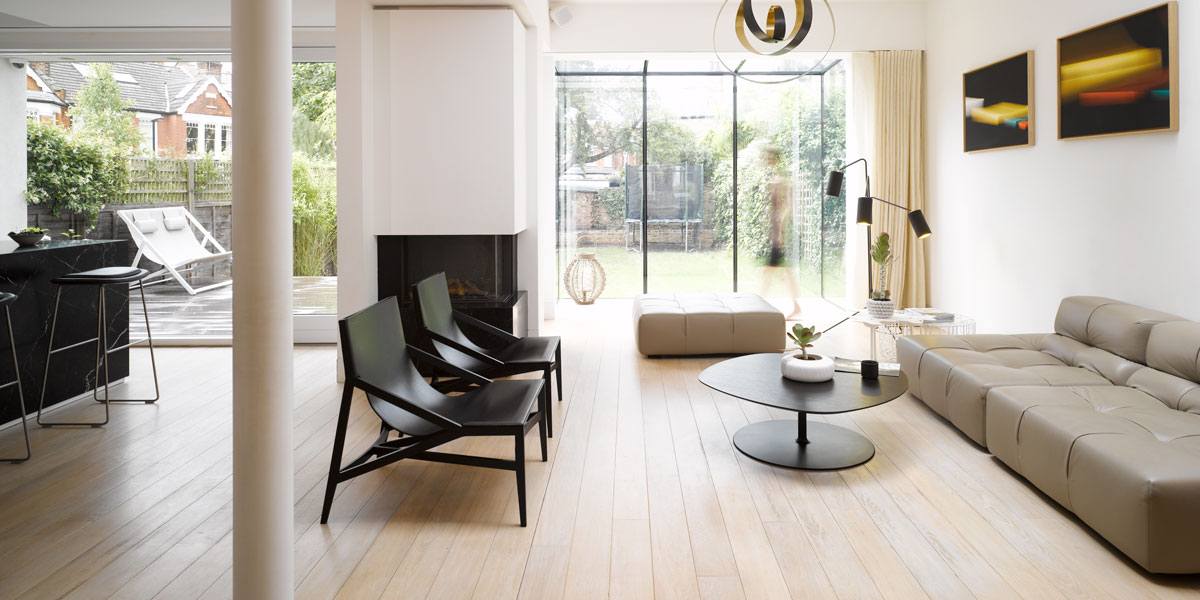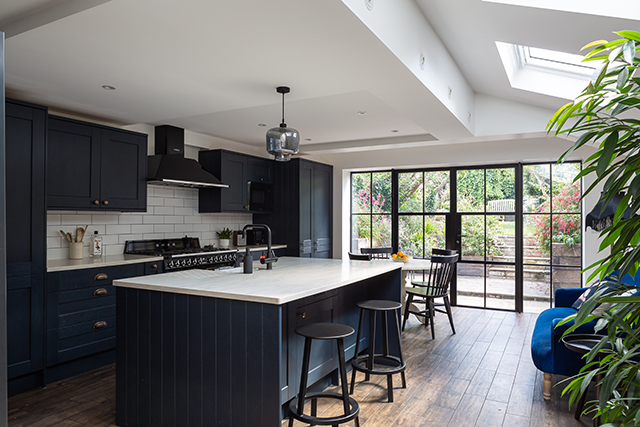How to reduce the carbon footprint of an extension
The steps you can take to limit the environmental impact of your new addition
When planning to build an extension to your home, consider how to reduce the carbon footprint of the project. Architect Adam Knibb of Adam Knibb Architects explains the measure you can take.
Embodied and operational
Two elements make up an extension build’s carbon footprint. Its embodied energy arises during the manufacture of any materials making up its construction, when CO2 releases into the atmosphere. The operational energy refers to the heating, cooling and power requirements of the extension. Even if you deliver a zero-carbon extension, if the entire building is not having an upgrade, the overall house will still have the same carbon footprint. In theory, the extension could be below zero, generating energy sufficient to power the house. However, it isn’t a common practice for reducing the carbon footprint of your extension.

Side and rear extension to a Victorian terraced house. Photo: Rachel Whiting










